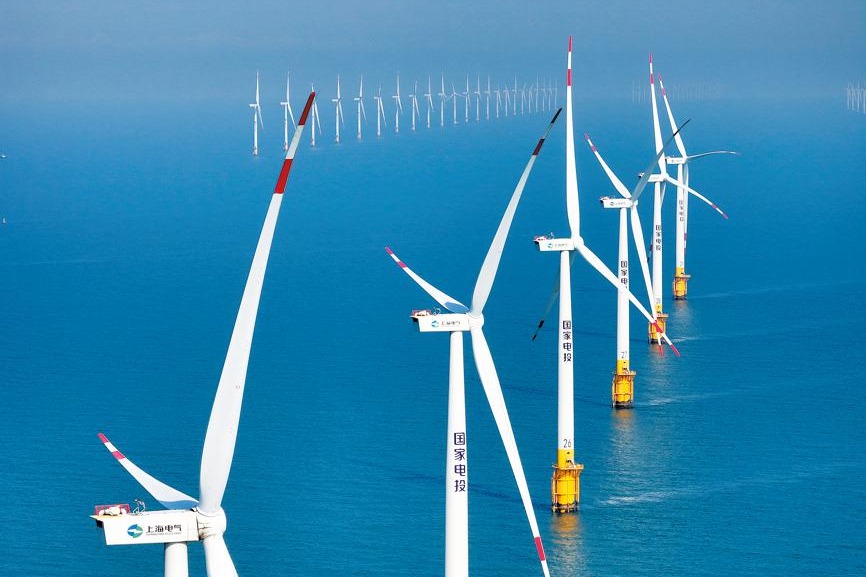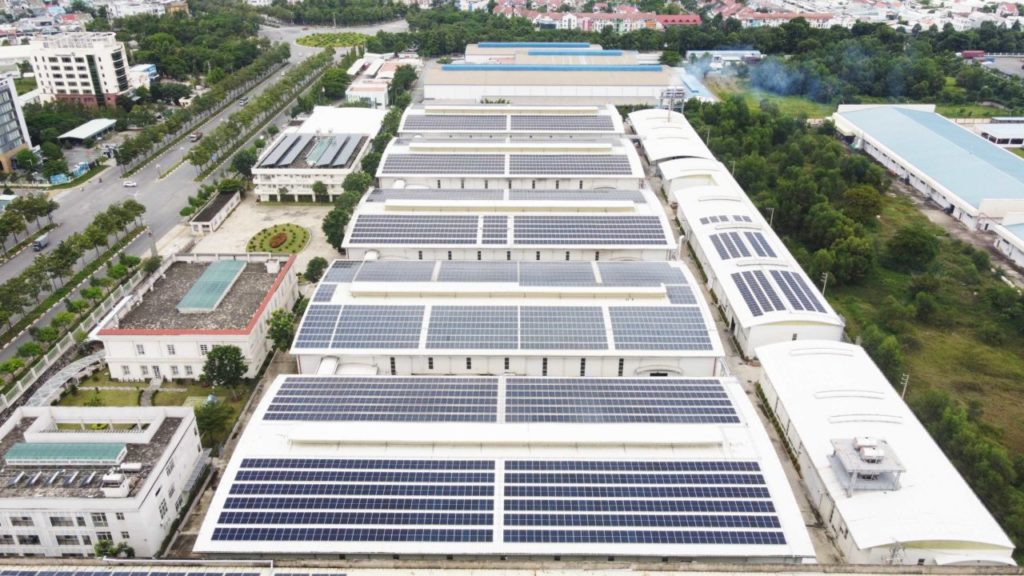China has achieved a major milestone in its energy sector, with the installed capacity of renewable energy surpassing 50% of the total installed power generation capacity in the country. Analysts highlight that this accomplishment comes ahead of the government’s initial target, where renewable capacity was planned to exceed fossil fuel capacity by 2025.
Key Achievements
According to the National Energy Administration (NEA), the installed capacity of renewable energy has exceeded that of thermal power, reaching over 1.45 billion kilowatts. Solar and wind power play a significant role, with installed capacity surpassing 1 billion kilowatts.
Strategic Developments in 2022
China has actively accelerated efforts to build its renewable energy power base, particularly in arid regions like the Gobi Desert. The focus has been on leveraging abundant wind and solar resources to ensure a substantial green power supply, especially in the eastern load center areas of the country.
Project Completion and Future Plans
By the end of November, the first batch of renewable energy projects had been completed and connected to the grid, with a total capacity of 45.16 million kilowatts. Additional projects, totaling over 50 million kilowatts, have been approved, and some are currently under construction.
Global Leadership in Renewable Energy Deployment
Lin Boqiang, head of the China Institute for Studies in Energy Policy, views China’s advances in scaling up its renewable energy capacity as positioning the country as a global leader in renewable energy deployment. While acknowledging these achievements, experts emphasize the potential for further growth in the consumption of renewable energy, as it currently represents a small part of total power consumption in China.
Challenges and Future Strategies
Kou Nannan, head of China Research at BloombergNEF, points out challenges related to the intermittent nature of most renewable energy sources, emphasizing the need for stable power generation and grid operation. Policy support, power market reform, infrastructure investment, and advancements in energy storage are identified as key factors to accelerate China’s green and low-carbon energy transformation.
Energy Storage and Security Measures
The NEA reports that over 24 million kilowatts of new energy storage projects have been completed and become operational in 2022. Additionally, China has increased its energy security measures, with a steady increase in energy supply. The annual addition of power generation capacity reached approximately 330 million kilowatts, resulting in a total installed capacity of 2.9 billion kilowatts, reflecting a year-on-year growth of 12.9 percent.
Future Commitments and Focus Areas
Looking ahead, the NEA has pledged to enhance energy supply guarantee capabilities, with a focus on maintaining stable crude oil production and sustaining positive momentum in domestic natural gas production. The goal is to secure stable annual crude oil production of over 200 million metric tons and continue the growth of domestic natural gas production.
China’s commitment to renewable energy and its multifaceted approach to address challenges and ensure energy security underlines the nation’s dedication to a sustainable and low-carbon energy future.
Source: chinadaily.com.cn





